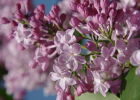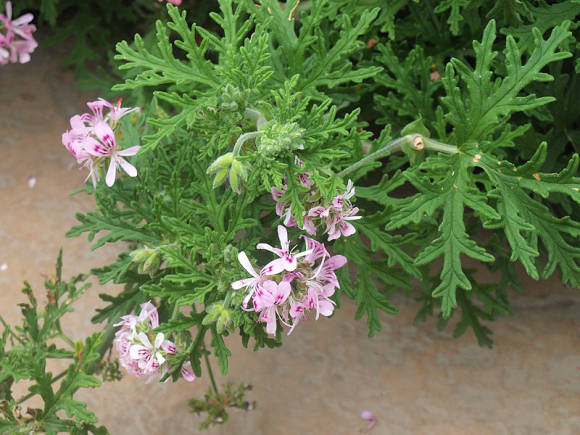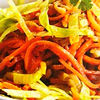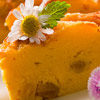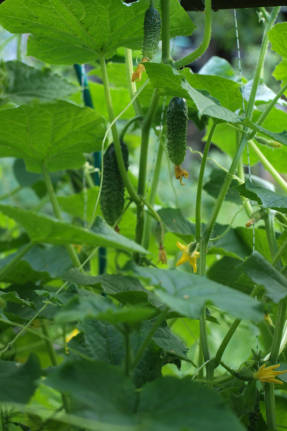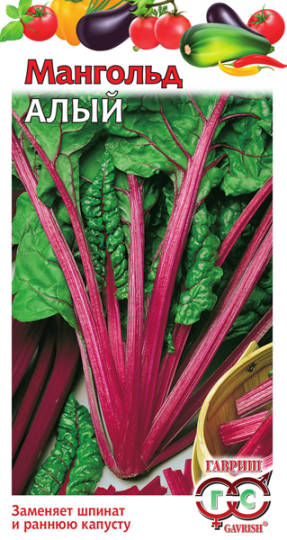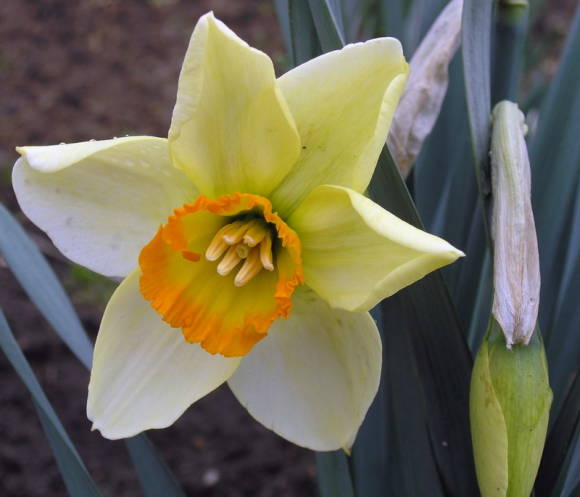Blade pueraria, or lobular, or hairy (Pueraria lobata (Willd.) Ohwi syn. Dolichos hirsutus Thunb., Pueraria hirsuta (Thunb.) Matsum.) Is one of 20 species of this interesting genus. Now the taxonomy of the genus has changed somewhat and this species is a subspecies of mountain pueraria (Pueraria montana var.lobata).
 |
Lobed pueraria is a woody deciduous climbing or creeping liana of the legume family (Fabaceae), up to 10-15 m in length, in warm climates with stems up to 10 cm in diameter. The roots are powerful, fleshy, tuberous, located almost horizontally, up to 2-3 m long, at the base up to 10-12 cm in diameter. Some authors indicate that the mass of root tubers of one plant can reach 180 kg. The leaves are trifoliate, on long, up to 17 cm, pubescent petioles, slightly velvety, glaucous below. Lateral leaflets are rounded, asymmetric, bilobate, pointed. The terminal leaflet is rhombic, three-lobed, pointed. The flowers are pink-red, up to 2.5 cm long, collected in multi-flowered axillary racemes. The fruit is a polyspermous pod up to 8 cm in length. Blossoms in August; bears fruit in October.
In the wild, lobed kudzu is found in the tropics and subtropics of East and Southeast Asia. Distributed in China, the Korean Peninsula and Japan. In Japan it is called kudzu, and in China it is called gegen.In Russia, it naturally grows only in the very south of the Primorsky Territory, but is grown in culture as an ornamental plant on the Black Sea coast of the Caucasus. In the United States, it was introduced as a plant that strengthens the soil from erosion, but it went wild and turned into a rather aggressive plant that had to be fought. In general, it grows well in areas where the amount of precipitation exceeds 1000 mm, and the temperature is within + 4 + 16 ° C. But at the same time, many authors point out that underground organs are preserved even at subzero temperatures.
It's all in the matter
Basically, kudzu is known as a food plant. Salads are made from its leaves, and jam is made from flowers. The tubers contain up to 10% starch and are used in Asian countries for making soups. Kudzu flour is used to make noodles, as well as to thicken dishes, much like we brew starch.
Cm. Pasta with broccoli with cheese and kudzu sauce, Kudzu flower jelly, Pueraria lobed flower wine.
 |
Meticulous Europeans assessed the risks of using kudzu tubers as a food plant and came to the conclusion that the plant is harmless. Now the issue of using tubers for biofuel production is being discussed (according to the calculations of scientists, the yield of sugars for fermentation is 1-9 tons per hectare, depending on the growing conditions). The aboveground part is good food for sheep.
Roots, leaves, flowers and, less often, beans are used as medicinal raw materials. The roots contain up to 1% isoflavonoids, of which more than 90% are puerarin. But, besides him, there are also a number of very valuable flavonoid compounds, in particular daidzin (in the experiment showed an antitumor effect), genistein (has an effect in leukemia) and their aglycones daidzein (has an anti-inflammatory and antimicrobial effect) and genistein, as well as tectoridin, tectorigenin, 4'-0-methylpuerarin, formononetin, puerarin-0-xyloside, 0-hydroxypuerarin, 3'-methoxypuerarin, puerarol, hyperoside A, B, behenic and lignoceric acids, lupenone, 3-sitosterol, spinasterol, 1-0 lignoceylglycerol, allantoin, 6,7-dimethoxycoumarin, 5-methylhydantoin, sophoradiol, contonensistriol, soyasapogenols A, B, kudzusapogenols C, A, etc.
Leaves differ in chemical composition and contain flavonoids, including up to 0.65% robinin and puerarin, seeds - alkaloids, histidine and kaempferol. The isoflavonoids caccalide and tectoridin are characteristic of flowers.
 |
A respected plant of oriental doctors ...
In oriental medicine, the plant has been known since ancient times. It is considered to be one of the 50 most important plants of oriental medicine, and it was mentioned in one of the oldest Chinese treatises on herbal medicine by the great Chinese physician and, concurrently, Emperor Shennung Ben Cao. Currently, the roots of kudzu lobula are used to lower blood pressure, in diseases associated with circulatory disorders in the brain, heart and skeletal muscles, for the treatment of diarrhea, migraine, measles, allergic diseases, as an antipyretic and expectorant agent.
 |
The flowers are used as an antipyretic and hemostatic agent, as well as for enterocolitis and malignant tumors, the leaves are used for headaches due to hypertension, as an antiemetic and externally for skin diseases. The roots are also used as an antidote for snake and poisonous insect bites, and the flowers are used as a sobering agent. The effectiveness of traditional use of kudzu paddle preparations for relieving menopausal symptoms has been confirmed in clinical trials. The anti-inflammatory, analgesic and muscle relaxant activity of kudzu isoflavonoids and their metabolites has been experimentally proven.
Interesting studies have shown that the active substances in tubers affect the activity of neurotransmitters (serotonin and GABA) and have a positive effect on migraines and dizziness. It is assumed that the antidepressant effect of kudzu root extract on rats undergoing cranial ischemia is also explained by its effect on the metabolism of dopamine (and norepinephrine) in the brain.
... and the hope of alcoholics
To overcome alcohol dependence and addiction to alcoholic beverages, infusions of the roots, seeds and flowers of the plant are used. Instead of the type described above, Thomson's kudzu is sometimes used (PerariathomsoniiBenth.), common in Southeast Asia. Modern experimental studies on animals not only confirmed the ability of the components of these plants to change their attitude to alcohol, but also made it possible to approach an understanding of the mechanisms of its "anti-alcoholic" action. It turned out that one of the isoflavones of kudzu tubers, daidzin, when administered orally (through the mouth) to rats together with ethanol, slows down the achievement of the maximum concentration of ethanol in the blood and reduces its value.
Interestingly, when feeding daidzin, daidzein, or puerarin to a specially alcohol-dependent line of rats, it reduced their cravings for the "green snake." This effect manifests itself on the first day, reaches a maximum on the second day, and disappears only two days after the cessation of drug administration. The positive effect of kudzu in cocaine addiction has also been shown.
Kudzu preparations not only reduce the craving for alcohol, but also protect the nerve cells from its toxic effects. Administration of kudzu root extract prevents alcohol-induced destruction of hippocampal neurons in rat pups.
In addition to isoflavonoids, other compounds in kudzu root may play a role in the response to alcohol. In experiments invitro it was shown that the saponins of this plant are able to protect rat hepatocytes from autoimmune damage more effectively than glycyrrhizin from licorice. The indirect antioxidant effect of aqueous extracts of flowers and roots has also been proven.
In an experiment in the clinic, quite interesting results were obtained. Kudzu extract, taken by alcohol addicted patients, containing 19% puerarin, 4% daidzin and 2% daidzein, significantly reduced beer consumption and sip volume, increased the number of sips and lengthened the total drinking time.This, according to the authors, indicates the possibility of using kudzu extract as an additional means to reduce household alcohol consumption.
But, at the same time, a number of authors indicate that with prolonged use of kudzu, estrogenic activity of the roots is found, which can cause problems of a certain kind in men.
Currently, powder and extract of kudzu root are included in phytocompositions and dietary supplements used for alcoholism.
